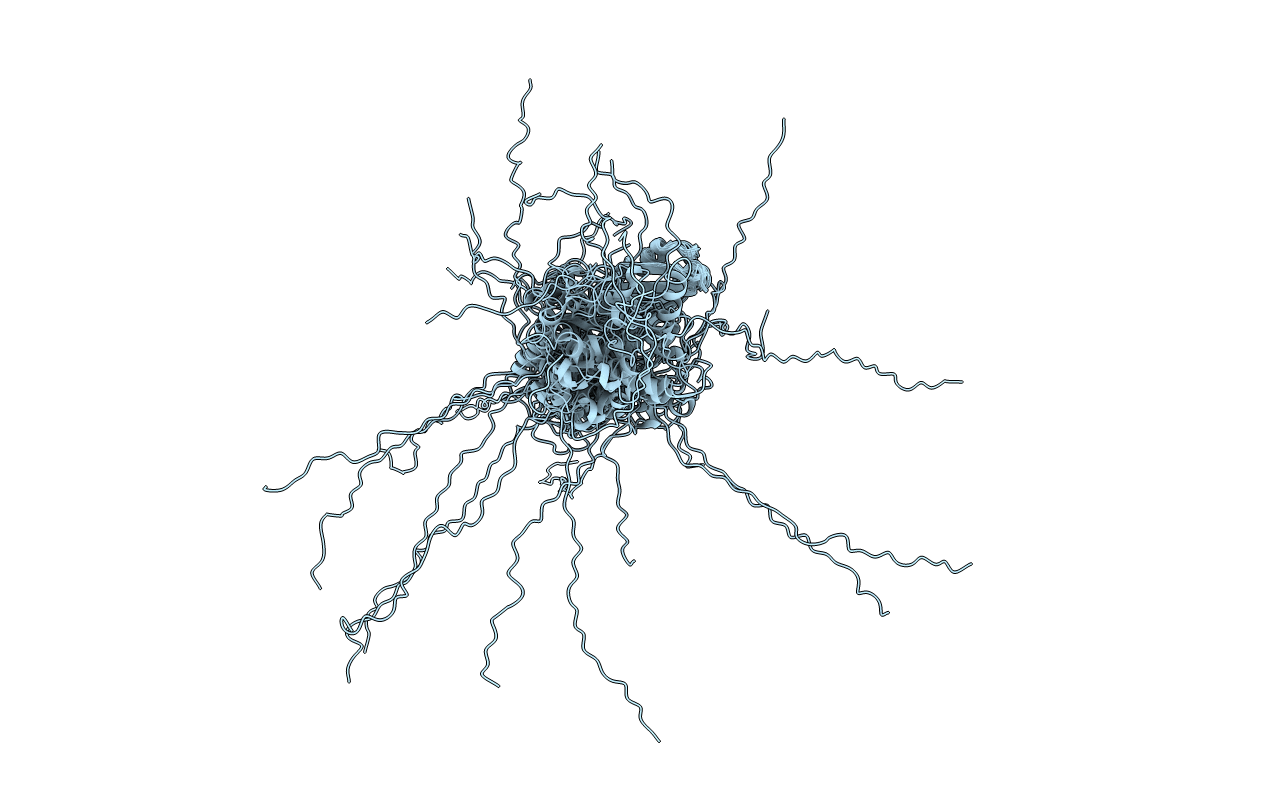
Deposition Date
2013-05-08
Release Date
2014-05-14
Last Version Date
2024-05-15
Entry Detail
PDB ID:
2M88
Keywords:
Title:
NMR structure of a two-domain RNA-binding fragment of Nrd1
Biological Source:
Source Organism:
Saccharomyces cerevisiae (Taxon ID: 4932)
Host Organism:
Method Details:
Experimental Method:
Conformers Calculated:
80
Conformers Submitted:
20
Selection Criteria:
structures with the lowest energy


